ANNEX
Coalition Warfare: The Nationalities that Fought for the Allied Cause in Italy
T he 15th Army Group went through several changes in title during the Italian campaign. Its name was changed to Allied Forces in Italy on 11 January 1944, and a week later to Allied Central Mediterranean Force. On 9 March 1944 it became Allied Armies in Italy To simplify matters this title has been used throughout this book.
In his Memoirs Alexander counted the following nations as comprising the Allied forces in the Italian campaign:
Twenty-six nations contributed contingents to my command in Italy. Since we are unlikely to see such an array again take the field under one command - and for the benefit of the sceptical! - I will list them. The major partners, of course, were British and American; the others - Canadian, New Zealand, South African, Newfoundland, Indian, Singhalese, Basuto, Swazi, Bechuana, Seychellois, Mauritian, Rodriguez Islanders, Caribbean, Cypriot, French, Polish, Nepalese, Belgian, Greek, Brazilian, Syro-Lebanese, Jewish, Yugoslav, Italian.
To the above may be added those that Alexander lumped together as French: the Algerians, Moroccans, and Tunisians. There were those whose country has since split away from the flag that they fought under during the war: Pakistanis and Bangladeshis. And there were those from other nations which served in the Mediterranean theatre in the navies and air forces, but not in the annies under Alexanders command: the Royal Netherlands Navy and the Royal Australian Air Force.
Not included in the list are those from other nations which did not have formed bodies of troops under their own flags in Italy, for example the men of many nationalities who served in the Foreign Legion (and the two Red Army soldiers who are buried in the Commonwealth War Graves Commission Cemetery in Cassino, whose presence is possibly because they were unfortunate enough to have been in the wrong place while on a liaison visit to their allies in Italy). I have, however, included Nepal, whose Gurkhas fought under the British flag rather than that of their own country.
The following nations contributed forces to the Fifth Army at some stage of the campaign:
- Algeria
- Bangladesh (part of India until 1947, then East Pakistan until 1971)
- Basutoland (now Lesotho)
- Bechuanaland (now Botswana)
- Brazil
- Canada (While the majority of Canadians served with I Canadian Corps under Eighth Army command, 1 Canadian Armoured Brigade, as part of XIII (Br) Corps, came under Fifth Army command in the latter half of 1944. Units such as a section from 1 Canadian Tunnelling Company were on the Fifth Army establishment, and Canadian nurses served with 6th South African Armoured Division which was part of Fifth Army for some of the campaign. In addition, the 1st Canadian Special Service Battalion was part of the First Special Service Force.)
- Cyprus (Cyprus Regiment included RASC Motor Transport, Mule Pack Transport, and Pioneer Companies)
- France
- India
- Italy
- Lebanon
- Morocco
- Nepal
- Newfoundland (separate Dominion, although voluntarily relinquished self-government to the British Crown in 1934. Became a Canadian province in 1949)
- New Zealand
- Pakistan (part of India until 1947)
- Rhodesia (now Zimbabwe. There were Rhodesian sub-units in 6th South African Armoured Division regiments, for example B Squadron of Prince Alfreds Guard (PAG) and C Squadron of the Special Service Battalion (SSB). 17 Rhodesian Field Battery formed part of 1/6th Field Regiment and the Rhodesian 4 Anti-Tank Battery was re-designated as 1/22 Anti-Tank Battery in the Divisional Troops.)
- Senegal
- South Africa
- Swaziland
- Syria
- Tunisia
- United Kingdom
- United States
Forces from the following nations also fought for the Allies in Italy, although I have not been able to confirm that they were part of the Fifth Army order of battle at any stage:
- Australia (450, 454, 458 Squadrons, RAAF)
- Belgium (4 Troop, No. 10 [Inter-Allied] Commando)
- Caribbean (The Caribbean Regiment included men from the British West Indies and Bermuda. It was employed as lines of communication troops and did not see front-line action.)
- Greece
- Palestine
- Mauritius
- Netherlands (naval forces)
- Poland
On some occasions Americans formed less than half of the manpower of the Fifth Army, for example, on the day of the Salerno landing more British troops disembarked on the beaches than did those from the United States. Strictly speaking, from the perspective of composition the Fifth Army was American in name only; however, it was under American command.
Notes
Jackson, The Mediterranean and Middle East Vol VI, Parts II & III
Malony et al, The Mediterranean and the Middle East Vol V
Alexander, The Alexander Memoirs 1940-1945
Bibliography
Agar-Hamilton, J.A.I. & Turner, L.F.C., Crisis in the Desert: May - July 1942 (Oxford University Press, Cape Town, 1952)
Alexander of Tunis, Field Marshal the Earl, The Alexander Memoirs 1940-1945 (Pen & Sword, Barnsley, 2010)
,Alexanders Despatch: The Allied Armies in Italy from 3rd September, 1943, to 12th
December 1944 (Supplement to the London Gazette of Tuesday 6 June 1950)
Anderson, Charles R., Tunisia (Center for Military History, US Army Washington, 2003)
Anon, From the Volturno to the Winter Line 6 October-15 November 1943 (Center for Military History US Army. Washington, 1945)
Atkinson, Rick, An Army at Dawn: The War in North Africa 1942-1943 (Henry Holt, New York, 2002)
, The Day of Battle: The War in Sicily and Italy 1943-1944 (Little, Brown, London, 2007)
Barkawi, Tarak, Culture and Combat in the Colonies: The Indian Army in the Second World War (Journal of Contemporary History, 2006)
Bent, R. A. R., Ten Thousand Men of Africa: The Story of the Bechuanaland Pioneers and Gunners 1941-1946 (HMSO, London, 1952)
Bimberg, Edward L., Augustin-Leon Guillaumes Goums in a Modern War (MHQ: The Quarterly Journal of Military History, Winter 2007)
Black, Jeremy, Rethinking Military History (Routledge, London, 2004)
,The Politics of World War Two (Social Affairs Unit, 2009)
Blackwell, Ian, Anzio (Pen & Sword, Barnsley, 2006)
, Battle for Sicily, Stepping Stone to Victory (Pen & Sword, Barnsley, 2008)
, Cassino (Pen & Sword, Barnsley, 2005)
Blumenson, Martin, A Deaf Ear to Clausewitz: Allied Operational Objectives in WW2 (Parameters 23, Summer 1993)
, General Lucas at Anzio (in Command Decisions, Center for Military History, US Army Washington, 1960)
, Salerno to Cassino. US Army in World War II (Center for Military History, US Army Washington, 1993)
, Mark Clark (Jonathan Cape, London, 1985)
Brooks, Thomas R., The War North of Rome (Da Capo Press, Cambridge, Mass., 1996)
Calkins  Derreck T., A Military Force on a Political Mission: the Brazilian Expeditionary Force in World War II (MA Dissertation Georgia Southern University, 2011)
Derreck T., A Military Force on a Political Mission: the Brazilian Expeditionary Force in World War II (MA Dissertation Georgia Southern University, 2011)
Canadian Department of National Defence, Report No 5: The 1st Canadian Special Service Battalion (February 1946)
, Report No 18: The Campaign in Southern Italy (September-December 1943);
Information from German Military Documents regarding Allied Operations in General and Canadian Operations in Particular (November 1947)

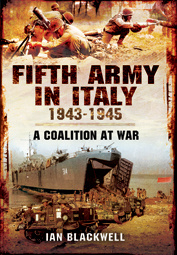




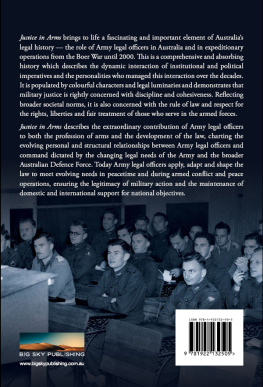


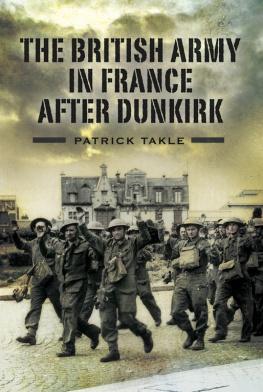
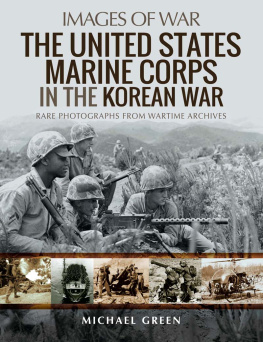

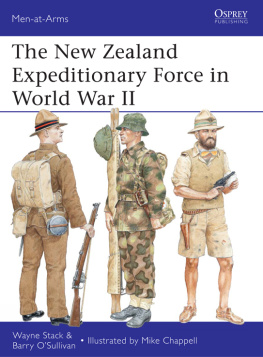

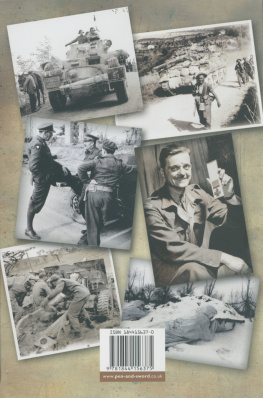
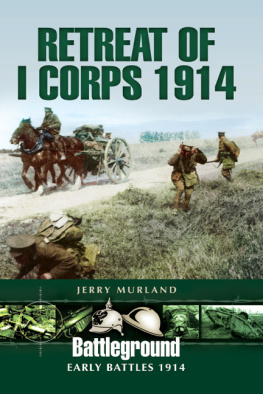
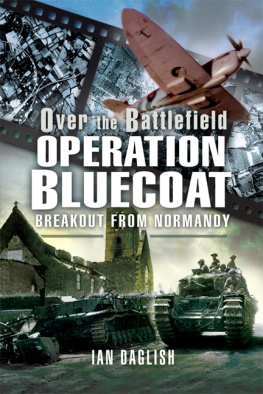
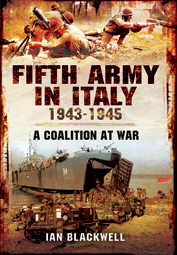
 Derreck T., A Military Force on a Political Mission: the Brazilian Expeditionary Force in World War II (MA Dissertation Georgia Southern University, 2011)
Derreck T., A Military Force on a Political Mission: the Brazilian Expeditionary Force in World War II (MA Dissertation Georgia Southern University, 2011)